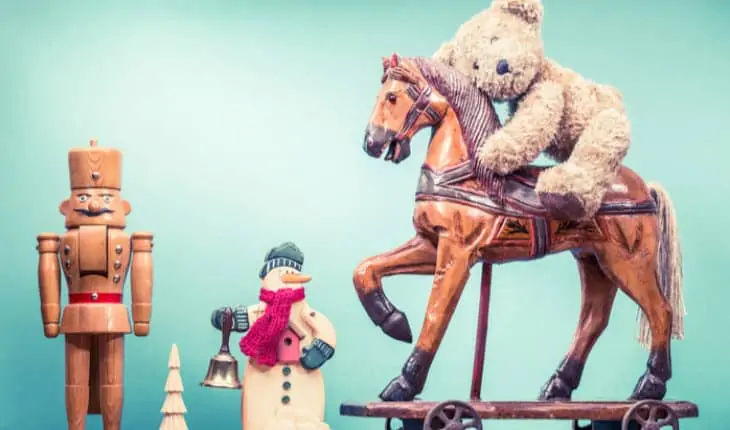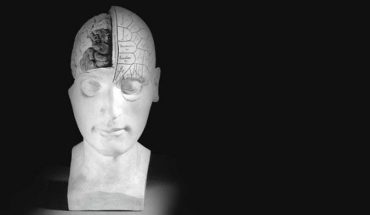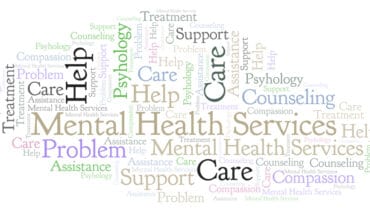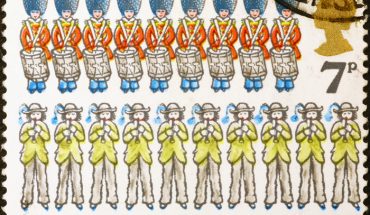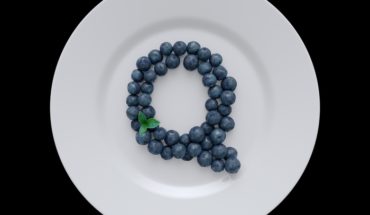A guide to buying new and used toys safely from Emma Hammet at First Aid For Life: With rising costs and issues with supply, many people are looking to buy toys online, through charity shops and maybe sourcing the must-have item from different places. However, new or second-hand toys may not always be safe and can pose serious hazards.
A study, published (Jan 2018) in the Environmental Science & Technology journal, looked at 200 toys taken from homes, charities and second-hand shops and nurseries in the South-West of England.
They were looking to establish if older, plastic second-hand toys could pose a safety risk to children. They were checking for the presence of 9 hazardous chemicals, and of particular concern were chronium, selenium and lead.
20 of the 200 toys were found to contain all 9 of the chemicals tested – some with levels that would fail to meet safety standards set out by the European Council’s Toy Safety Directive. (The guidelines on chemicals in toys have been in effect since 2013.)
Researchers stated that if one of these toys were to be chewed repeatedly over a period of time, the exposure could be “chronically toxic” to a child.
There were no safety concerns about handling the toys. The potential risks were from chewing and children putting them in their mouths.
Advice when buying second-hand toys and playing with Granny’s heirlooms:
- Older toys have not been subject to today’s rigorous safety checks and regulations. They won’t have age recommendations either.
- Avoid old LEGO bricks from the ’70s and ’80s. Dr Andrew Turner, from the University of Portsmouth, found them of major concern in his study. Particularly red, yellow and black bricks which contained high levels of the hazardous chemicals.
- Be careful buying and toy with small parts. Pull at the parts to see if they’re coming loose. Be particularly careful with eyes in soft toys.
- Avoid old painted toys in case the paint is lead-based. If the paint is flaking, don’t get it out to play with.
- Toys wearing clothes are unlikely to be flame resistant.
- Be cautious of any toy that needs a battery to operate. Button batteries can be extremely dangerous if they are swallowed or inserted into any orifices. Check you can access the battery compartment to change the batteries. If there is a screw securing the battery compartment, ensure that still turns and is not rusty or rounded off. If there is any sign of battery corrosion, throw the toy away.
Interested in a Paediatric First Aid Course? Click here
How should you clean toys?
Second-hand toys may well be grubby and are not likely to be hygienically clean. Knowing the best way to wash these, can be a challenge.
- Cleaning soft toys: Most soft toys can be sponged with disinfectant spray or put through the washing machine. Check the label first if possible, and secure them in a pillowcase, so small parts, such as eyes, don’t damage the drum.
- Cleaning hard toys: To clean hard toys, remove any batteries and wipe down with a clean cloth, hot water and disinfectant.
- Plastic building bricks, can be cleaned in the sink with some disinfectant. You can also put them through the washing machine in a firmly secured pillowcase.
Playing with heirlooms and toys with nostalgic value is precious and creates new memories. However, please bear in mind the above safety concerns too.
Buying from various online sites
Unfortunately not everything available for sale is safe.
- It is always safest to buy from high street chains, including their online stores.
- Always look for the CE mark, but be very careful of copycat toys, that can be very convincing.
- Research carefully before buying.
- Try and buy from a UK company as they need to comply with UK regulations. However, do be aware that a UK postal address could just be a cover for an overseas company.
Dangers buying from an online platform:
- not everything they sell is supplied by them
- they don’t have to check that toys from other sellers are safe.
- there are loads of counterfeit products out there, looking very like the original that could be dangerous for the child recipient.
What safety markings should toys have?
There are two well-known symbols that can be found on toy labels:
- The Lion Mark. Introduced in 1988 by the British Toy and Hobby Association it is a trusted symbol of toy safety and quality.
- The law requires all toys sold in the EU to have the CE Mark, along with the name and address of the supplier. The CE Mark proves the supplier has stated that the toy meets the safety requirements of the European Toy Safety Directive and can be moved and sold throughout the EU. The CE mark is a Trading Standard mark and does not prove quality or safety, so always look for the Lion Mark.
Most dangerous toys
|
This poster from the Office for Product Safety and Standards encourages you to know your risks when shopping online. The CAPT also has more information on this topic.
How to report dangerous toys
To help keep children safe, please report your concerns about dangerous toys to Trading Standards. They are interested in all purchases, whether from shops or online.
Simply call:
- Citizens Advice consumer helpline:0808 223 1133
- Citizens Advice consumer helpline (Welsh-speaking adviser): 0808 223 1144
- Advice Direct Scotland helpline: 0808 164 6000
- Northern Ireland Consumerline: 0300 123 6262
- What is a seizure? - 13th March 2025
- Febrile Convulsions and Seizures in Children - 13th March 2025
- Why women are less likely to receive CPR or survive cardiac arrest - 6th March 2025

